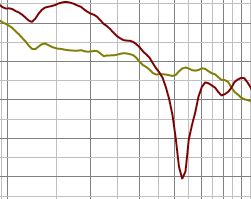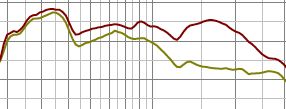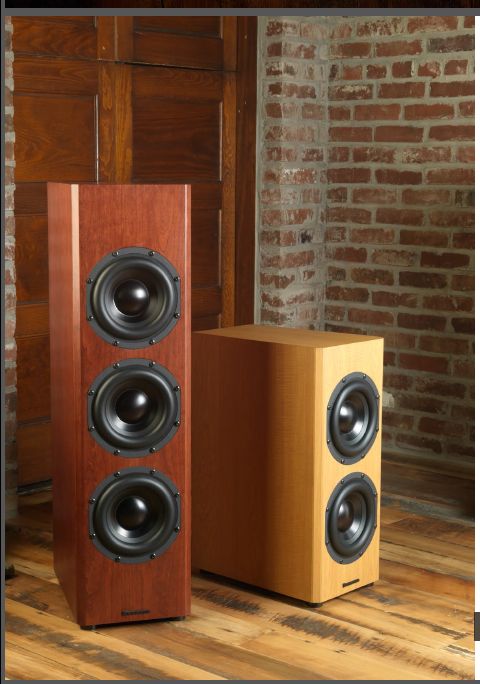Hello James
I see your out board subs are built using two drivers in a vertical fashion. Knowing that this is the same array in your Model Ts. Did your ever experiment with a horizontal array using a bigger subs "10in" maybe? I see you have the floor bounce with the Model Ts covered but it appears to be some what redundant with the subs.
I am only trying to understand sub woofer designs methods. Not critiquing by any measure. Only questioning why you didn't approach using different heights? Which would be the most bottom (closest)distance to the floor woofer.
Hi Lorne
If I am understanding your question correctly the advantage of different heights on the woofer drivers is as you say to break up the first reflection dip in frequency caused by the distance the woofer is from the floor. With multiple woofers stacked the floor bounce dip is smoothed out due to the 3 woofers being different distances from the floor on the Model T's.
The graphs below show typical floor bounce dip with a single woofer vs the Model T with 3 woofers:


Now with Subwoofers we use the same philosophy and offer 2 subs one with 2 woofers (equal to a 12 inch) (Model T Mini Sub) and one with 3 woofers (equal to a 15) (Model T Sub). Also remember that Subs typically do not go as high in frequency as 80 Hz is typical high frequency cut off point whereas speakers typically run the woofers much higher in frequency. The subs also have 600 watt bryston amplifiers installed internally which provides huge benefits as you can design the low frequency capability of the Sub and the driver required to go much lower than the Model T can go. (Model T speaker flat anechoic to 25Hz - Model T Subs flat to 17 Hz)

james